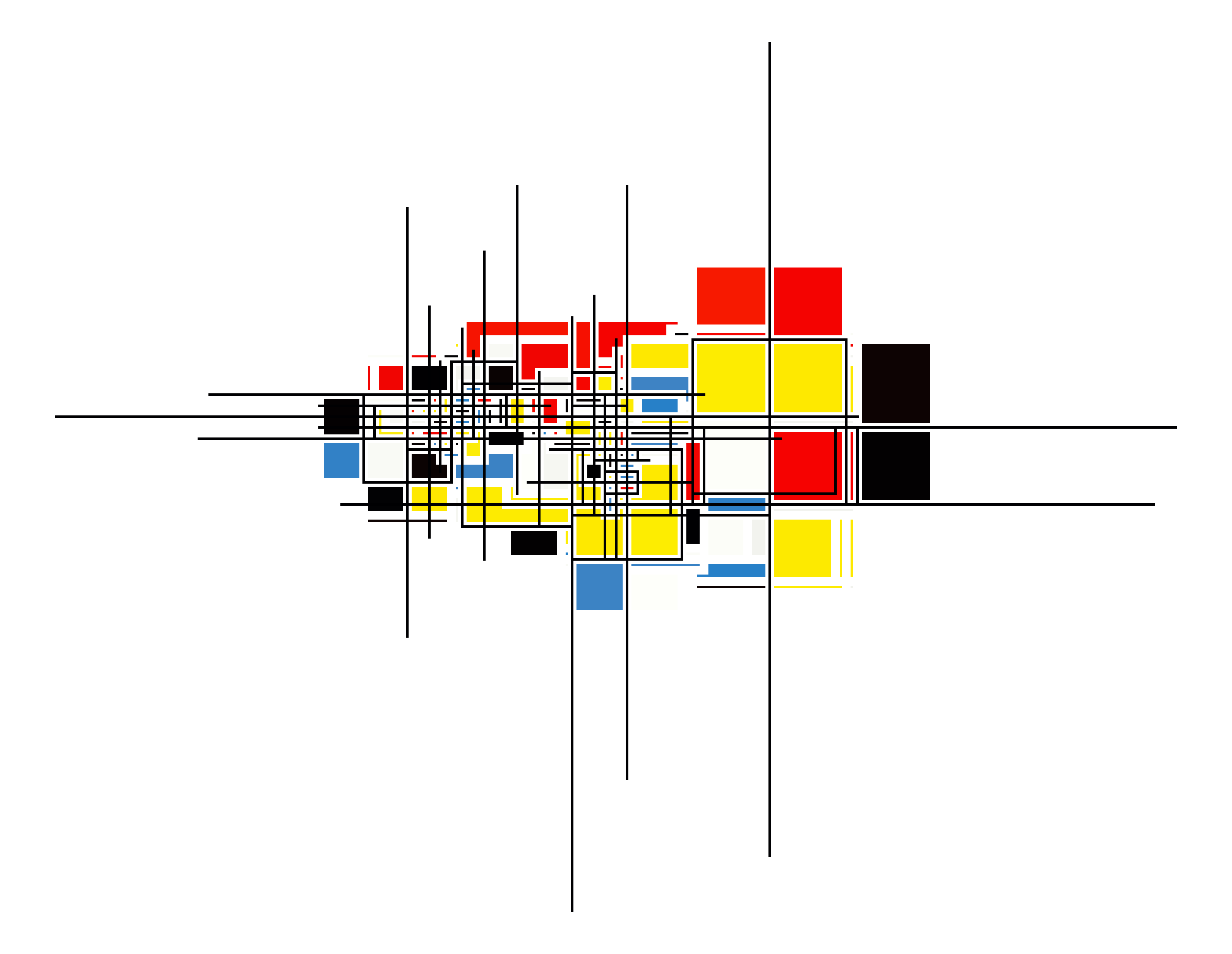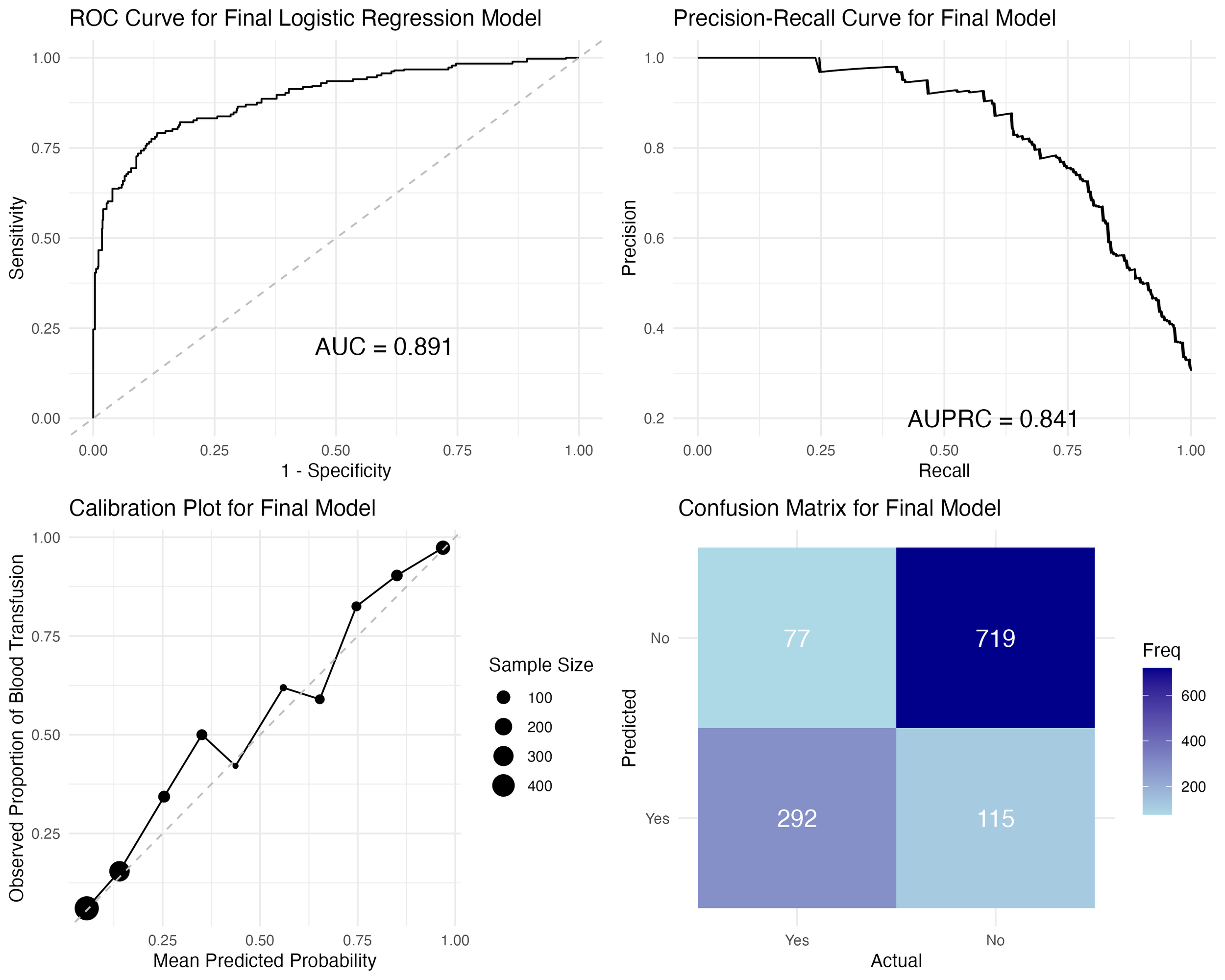
Data Products that Make a Difference.
Data-driven solutions for trauma care
From trauma-informed trial design to real-time process control and cutting-edge AI-ML modeling, my applied statistics projects deliver rigorous, actionable insights that drive evidence-based decisions in high-stakes environments. Each initiative blends methodological precision with practical impact, transforming complex data into clear pathways for improvement and innovation.
I’ve developed interactive R Shiny applications to monitor and improve trauma care processes using the qcc package for statistical process control (SPC). The tools visualize key metrics in real-time (synthetic data examples), enabling quality improvement in clinical settings.
Example scenarios include:
Pain Scores Post-Surgery: Tracking pain score trends to detect deviations and optimize postoperative care.
TQIP Benchmarking: Monitoring mortality rates or complications against Trauma Quality Improvement Program (TQIP) benchmarks.
Length of Stay (LOS): Identifying outliers in hospital LOS for trauma patients to improve resource allocation.
Infection Rates: Detecting spikes in post-surgical infections to trigger interventions.
Explore the Demo App (#) | Learn More (/trauma-analysis/process-control)
Process Control Analysis
The prehospital modeling project delivers a machine learning-based model to predict blood transfusion needs in trauma patients, optimizing resource allocation in military and civilian settings. Using vital signs, injury characteristics, and synthetic trauma data, our model achieves high sensitivity for timely interventions.
Applications include:
Prehospital triage for combat casualties.
Blood inventory management in trauma centers.
Integration with real-time decision support tools.
View PHBLOOD Case Study (#) | Learn More (/trauma-analysis/phblood)
Prehospital Modeling
Real-Time Dashboards
I’ve created dynamic, OMOP-compliant trauma registry dashboards using R Shiny and cloud platforms (e.g., AWS) to provide real-time insights for clinicians and commanders. These dashboards visualize key metrics like injury severity, transfusion rates, and outcomes, supporting:
Situational awareness for Combatant Commanders (e.g., DHA, JOMIS).
Quality improvement in civilian trauma centers (e.g., TQIP reporting).
Research-ready datasets for epidemiological studies.
See Dashboard Example (#) | Learn More (/trauma-analysis/dashboards)
AI-Driven Triage Tools
Building on the APPRAISE-HRI algorithm (published in Shock, 2023, NEJM AI, 2025), we develop AI models to prioritize trauma patients based on vital signs and injury data. These tools enhance triage accuracy in high-pressure settings, offering:
Automated risk stratification for hemorrhage or mortality.
Decision support for medics in austere environments.
Integration with electronic health records (EHRs) for seamless deployment.
View AI Triage Case Study (#) | Learn More (/trauma-analysis/ai-triage)
Clinical Trial Reporting
Building on our APPRAISE-HRI algorithm (published in Shock, 2023), we develop AI models to prioritize trauma patients based on vital signs and injury data. These tools enhance triage accuracy in high-pressure settings, offering:
Automated risk stratification for hemorrhage or mortality.
Decision support for medics in austere environments.
Integration with electronic health records (EHRs) for seamless deployment.
View AI Triage Case Study (#) | Learn More (/trauma-analysis/ai-triage)


